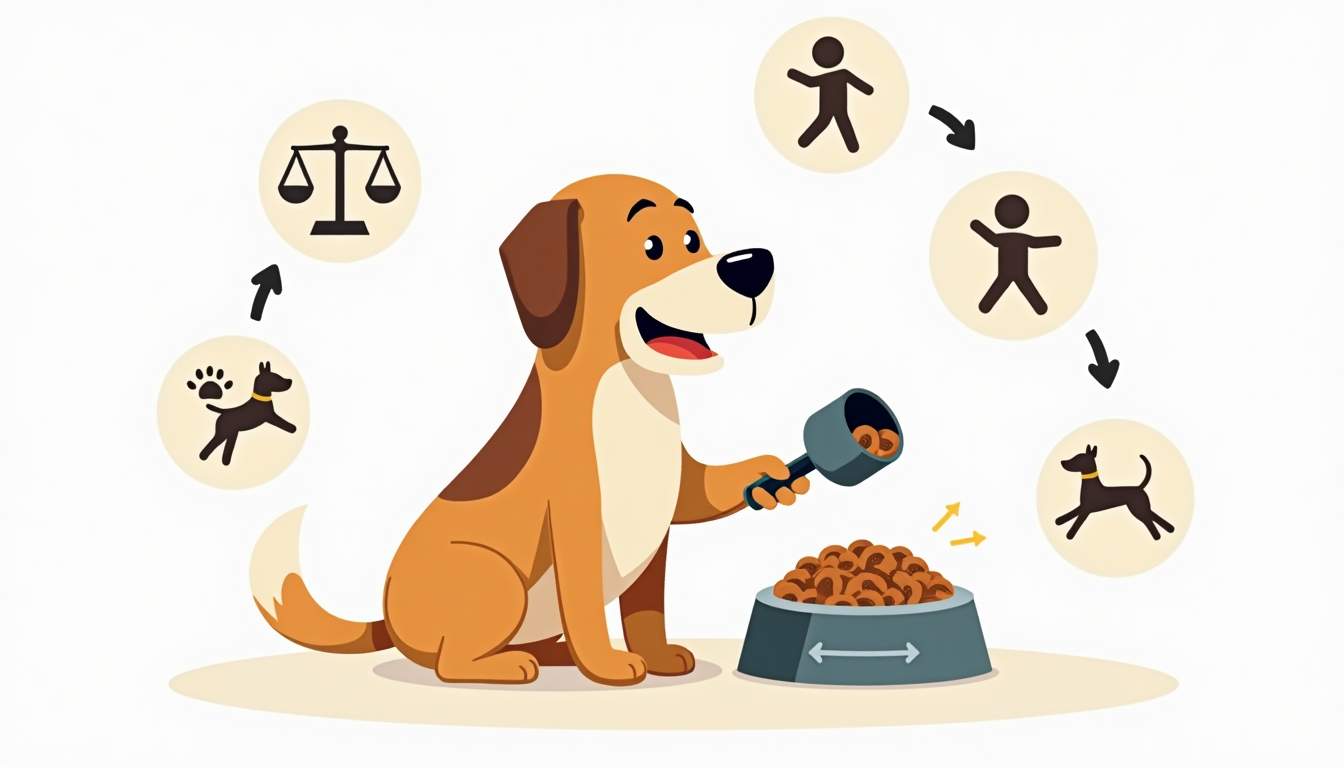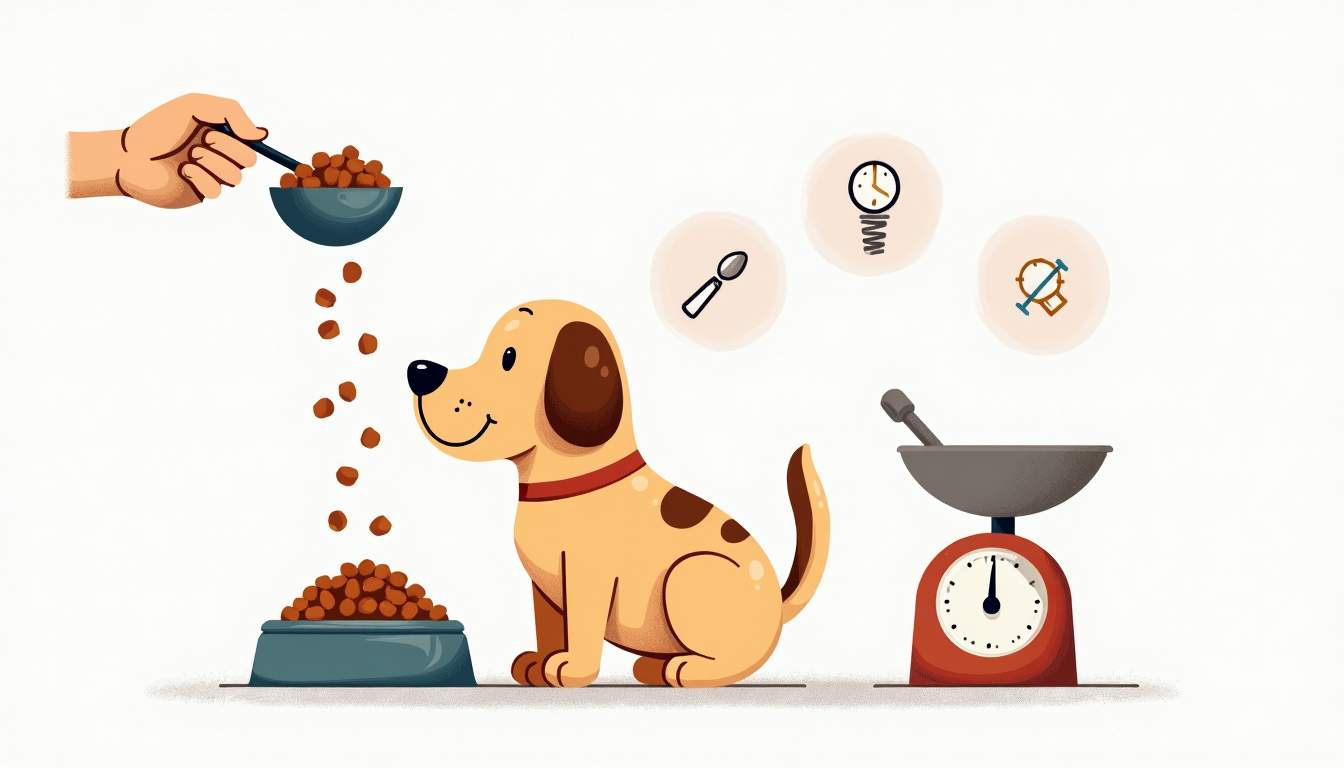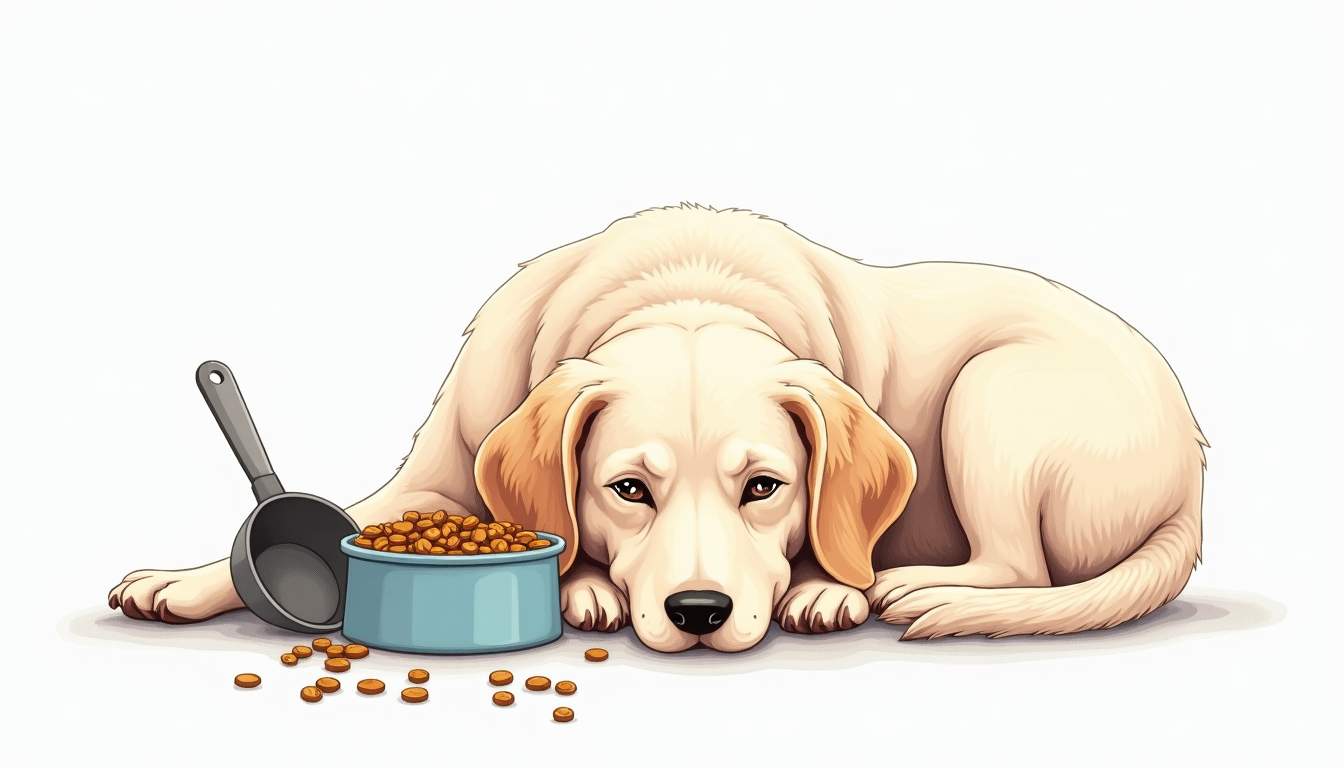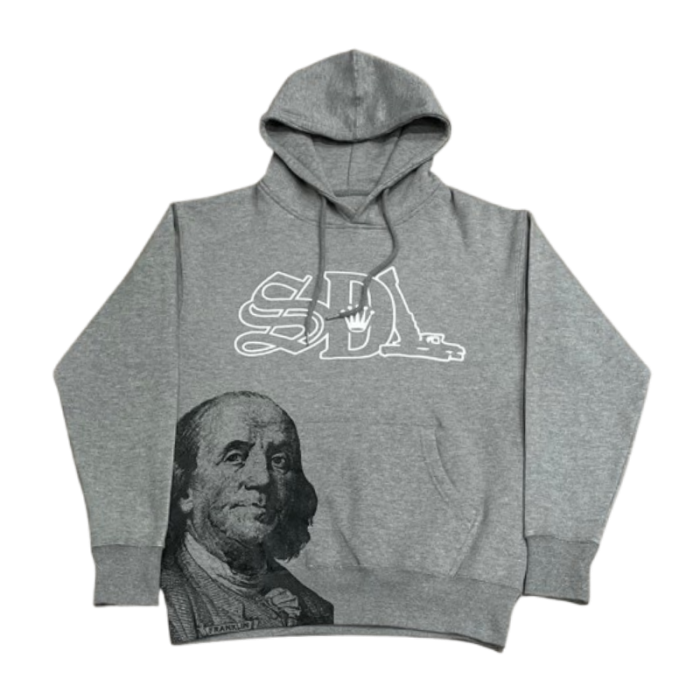Feeding a dog the right amount of food is one of the simplest ways to support long-term health, maintain an ideal weight, and prevent nutrition-related issues. Too little food can lead to nutrient deficiencies, while too much promotes obesity and related illnesses. This guide explains how to estimate the correct quantity of dog food for a variety of pets, taking into account body size, life stage, activity level, and food type. Practical tips for measuring, adjusting, and monitoring progress are included to make daily feeding both accurate and stress-free.
Calculating portions can be straightforward when based on caloric needs rather than arbitrary cup measures: start with the dog’s resting energy requirement (RER) — typically calculated from lean body weight — then adjust for activity, age, neuter status, and any medical conditions to arrive at a daily calorie target. From there, use the kcal-per-cup (or per-gram) value listed on the food label to determine an exact feeding amount. Regularly weighing your dog and recording body condition scores and waist measurements every few weeks allows you to fine-tune portions quickly; small increases or decreases of 5–10% in daily calories can make meaningful differences without drastic swings in weight.
Don’t forget to account for extras: treats, table scraps, medications with caloric content, and food used for training add up and should be included in the daily calorie budget. Feeding frequency also matters — several small meals can help puppies, seniors, or dogs with diabetes maintain stable glucose and reduce begging, while most healthy adults do well on two meals per day. For dogs with special needs (allergies, renal disease, weight loss/gain protocols), work with your veterinarian to select therapeutic diets and precise portioning. Simple tools like digital kitchen scales and portion-control cups, combined with consistent record-keeping and periodic veterinary checkups, make precise feeding practical and effective for most pet owners.
Basic Calculation: From Calories to Cups
Start with maintenance energy requirements (MER), which estimate how many calories a dog needs to maintain its current weight. A simple MER formula for an adult dog is: MER = 30 × (body weight in kg) + 70. This provides a baseline number of kilocalories per day. For puppies, pregnant or lactating females, and very active dogs, a multiplier is applied to account for increased energy demands.
Once daily calorie needs are estimated, match that number to the calorie density of the chosen food. Kibble and canned diets list calories per cup or per can on the packaging; raw and homemade diets require labelling information or consultation with a veterinary nutritionist. Divide the daily calorie requirement by the calories per cup to get the number of cups (or portions) per day. This converts energy needs into an easily-measured serving size for daily feeding. For more guidance, visit Four Dog Paws for expert nutrition tips.
Example Calculation
For a 20 kg (44 lb) adult dog: MER = 30 × 20 + 70 = 670 kcal/day as a baseline. If the dog is moderately active, apply a multiplier like 1.4 for maintenance, giving 938 kcal/day. If the kibble provides 350 kcal per cup, divide 938 by 350 to estimate about 2.68 cups per day, which can be split between morning and evening meals.
Key Factors That Change Food Amounts
Age is a primary determinant of caloric needs. Puppies require more calories per kilogram than adult dogs to support growth, while seniors often require fewer calories due to decreased muscle mass and lower activity. Life stage feeding recommendations typically provide different MER multipliers to reflect these changing requirements.

Activity level dramatically alters caloric needs. Couch potatoes need fewer calories than highly active working dogs or sporting dogs that train daily. Similarly, reproduction affects demand: pregnant and lactating females can need significantly more calories and specific nutrient adjustments to support offspring development and milk production.
Breed and Body Composition
Breed and body composition influence resting metabolic rate. A muscular, athletic breed burns more calories at rest than a small, less active breed with higher body fat. Conditioning and temperament should inform portion sizes—some breeds are prone to obesity and benefit from stricter portion control and calorie-dense food adjustments.
Food Type: Dry, Wet, Raw, and Homemade
The form of the diet changes how quantities are measured. Dry kibble is routinely measured by volume (cups) or weight (grams), and calorie information is usually standardized per cup. Canned or wet foods often list kilocalories per can or per 100 g. Raw and homemade diets require weighing and clear calorie labeling or nutrient analysis to ensure accurate portioning.
Moisture content matters. Wet foods contain more water and thus appear to be larger volumes for the same calorie content. Feeding guidelines based solely on volume can therefore mislead when switching between dry and wet foods. Always compare calories, not volume alone, to maintain a consistent caloric intake across diet types.
Measuring and Serving Tips
A digital kitchen scale is the most accurate tool for measuring dog food. Measuring by weight reduces variability between different cup sizes and helps when switching foods with different densities. Use a dedicated container and scale the food rather than estimating by scoops. For kibble, tare the bowl and add kibble until the desired grams are reached.

When measuring by cup, calibrate the household cup against the food manufacturer’s stated cup weight if possible. Overpacked cups or different scoop styles can lead to consistent overfeeding. Consistency in the measuring method—same bowl, same level scoop, same scale—helps maintain accurate daily portions.
Splitting Meals
Most adult dogs do well with two meals per day, which helps stabilize energy levels and reduces begging. Puppies require more frequent feedings—typically three to four times daily—because of higher metabolic needs and smaller stomach capacity. Dividing the total daily ration into appropriately sized meals reduces the risk of gastrointestinal upset and supports steady digestion.
Monitoring and Adjusting the Plan
Estimations should be followed by regular monitoring. Track body weight weekly and assess body condition score monthly. The ideal body condition allows for a waist visible behind the ribs when viewed from above and ribs that can be felt with a light covering of fat. If weight drifts up or down by more than 5-10% over a few weeks, adjust calories by 10-15% and re-evaluate.
Changes in lifestyle necessitate recalibration. Moving to a more sedentary home, starting a training regimen, or dealing with illness will affect caloric needs. Make adjustments gradually—over one to two weeks—to allow the dog’s metabolism and digestive system to adapt without causing stress or rapid weight change.
Special Considerations: Health Conditions and Senior Dogs
Medical issues often require tailored feeding strategies. Dogs with hypothyroidism may gain weight and require calorie reduction with careful monitoring, while dogs with diabetes may need controlled carbohydrate sources and consistent meal timing. Kidney disease, pancreatitis, allergies, and gastrointestinal disorders all come with unique feeding recommendations. Consultation with a veterinarian ensures the food quantity and composition align with treatment goals.

Older dogs may lose lean muscle mass and have reduced activity. A diet higher in quality protein, balanced for joint support and providing appropriate calorie levels, helps maintain muscle and mobility. Senior dogs may benefit from slightly smaller, more frequent meals to accommodate changes in appetite and digestion.
When to Seek Professional Guidance
When weight changes occur despite reasonable adjustments, or when a dog has chronic health conditions, veterinary advice is essential. A nutrition-savvy veterinarian or board-certified veterinary nutritionist can run a full assessment, recommend therapeutic diets, prescribe supplements when needed, and help craft a precise feeding plan including calorie targets and nutrient balance.
Common Mistakes and How to Avoid Them
One frequent error is treating food as the primary form of affection. Treats and table scraps significantly increase daily calorie intake; keep treat calories to less than 10% of total daily calories and choose low-calorie, nutrient-dense options. Another mistake is failing to remeasure portions after switching foods—different kibbles vary in calorie density even if recommended cup amounts look similar.
Ignoring activity changes leads to steady weight gain or loss. Seasonal shifts, new jobs, or changes in household composition affect walking schedules and playtime. Periodic reassessment of feeding needs prevents unwanted weight trends and supports sustained health.
Practical Feeding Routine and Tracking
Create a simple feeding routine to make consistent measurements easy. Use the same scoop or scale, stick to set meal times, and record daily portions and treat calories in a small notebook or mobile notes app. Note activity level each day; over time, patterns will emerge that help fine-tune portion sizes without guesswork.
Photograph the dog monthly from above and from the side. Visual records combined with weight and body condition scoring are effective for spotting subtle changes. When weight management is the goal, aim for small weekly adjustments rather than drastic cuts. Safe weight loss is generally around 0.5% to 2% of body weight per week depending on baseline health and size.
Conclusion: Consistency and Observation Win
Estimating a dog’s food quantity is a blend of straightforward calculation and attentive observation. Using MER as a starting point, converting calories to measured portions, and then adjusting based on breed, age, activity, and health creates a sound, individualized feeding plan. Accurate measuring, consistent routines, and regular monitoring preserve a healthy weight and support longevity.
Small investments in measurement tools and a little record keeping pay off in improved health outcomes and fewer vet visits over time. When in doubt, professional consultation ensures medical conditions and special dietary needs are properly addressed, giving every dog the best chance at a balanced and optimized diet.









